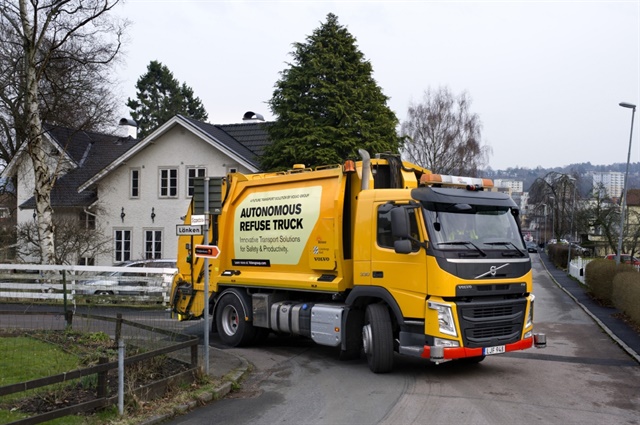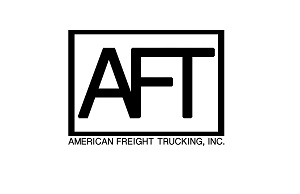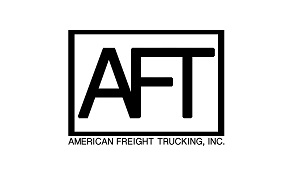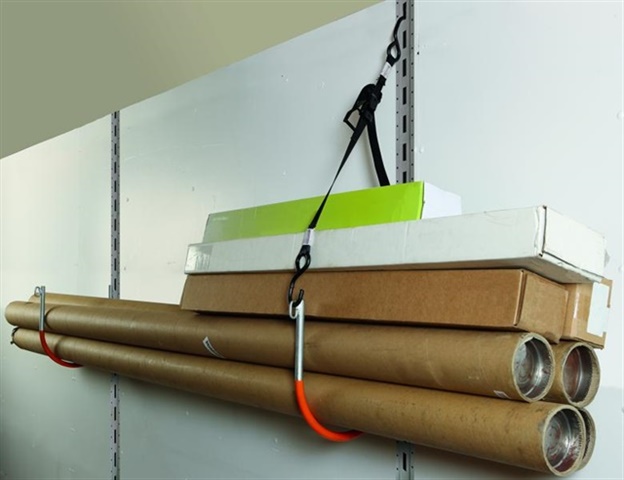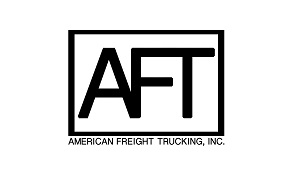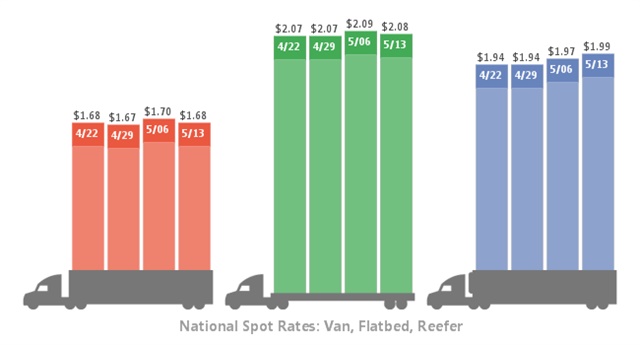Volvo Tests Self-Driving Refuse Truck in Urban Environment
Photo: Volvo Group
">Photo: Volvo Group
">Volvo Group is working with Swedish waste and recycling company Renova to test an autonomous, self-driving refuse truck in an urban environment.
The project will explore how an autonomous refuse truck can be used in a busy environment to improve traffic safety, working conditions and reduce environmental impact.
“There is amazing potential to transform the swift pace of technical developments in automation into practical benefits for customers and, more broadly, society in general,” said Lars Stenqvist, chief technology officer, Volvo Group. “Our self-driving refuse truck is leading the way in this field globally, and one of several exciting autonomous innovations we are working with right now.”
Volvo's autonomous refuse truck is designed to make driving safer in built-up areas and while backing up. Sensors on the vehicle will monitor the vicinity and stop the truck immediately if an obstacle suddenly appears in its path. The route is pre-programmed and the truck drives itself to each location.
The driver, who walks ahead of the vehicle, can focus on refuse collection and does not have to climb in and out of the cab every time the truck moves to a new collection bin.The autonomous truck also offers environmental benefits, according to Volvo. Gearchanging, steering and speed are constantly adjusted for low fuel consumption and emissions.
“One important benefit of the new technology is a reduction in the risk of occupational injuries, such as wear in knee joints – otherwise a common ailment among staff working with refuse collection,” said Stenqvist.
The joint project with Renova will continue through the end of 2017. The autonomous truck is fitted with a sensor system for identification, navigation and monitoring of the vehicle's vicinity. Most of the technology is also used in Volvo's autonomous mining truck that the company unveiled in 2016. The mining truck is undergoing tests in the ...Read the rest of this story
